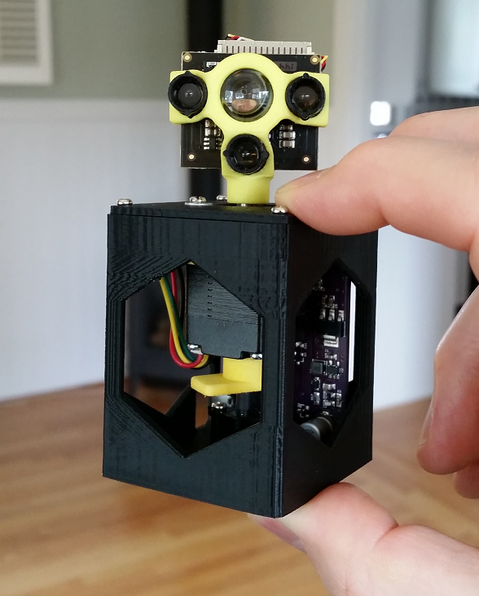From David Fischinger via ros-users@
We are pleased to announce a new package for grasp calculation on unknown and known objects.
This package receives a point cloud representing objects and identifies where to best place the gripper. The algorithm does not require segmentation or a-priori knowledge about the objects. It has already been employed on various platforms, including a PR2 [4], a Kuka LWR [5], a Schunk arm [6] and the service robot Hobbit [7].
More details, a scientific foundation and evaluation results can be found in an IJRR journal publication from August 2015 [1], a more technical description and a simple getting started guide can be found at [2]. Code is available on GitHub [3].
Currently Indigo is supported.
Links:
- http://ijr.sagepub.com/content/34/9/1167.full.pdf+html ? IJRR publication 2015 or http://users.acin.tuwien.ac.at/dfischinger/files/IJRR_FinalRevision.pdf (final revision)
- http://wiki.ros.org/haf_grasping ? Technical description, Getting started
- https://github.com/davidfischinger/haf_grasping ? Code on GitHub
Videos:
PR2, unknown objects
Kuka arm, known object
Schunk arm, unknown objects in box
Service robot Hobbit







